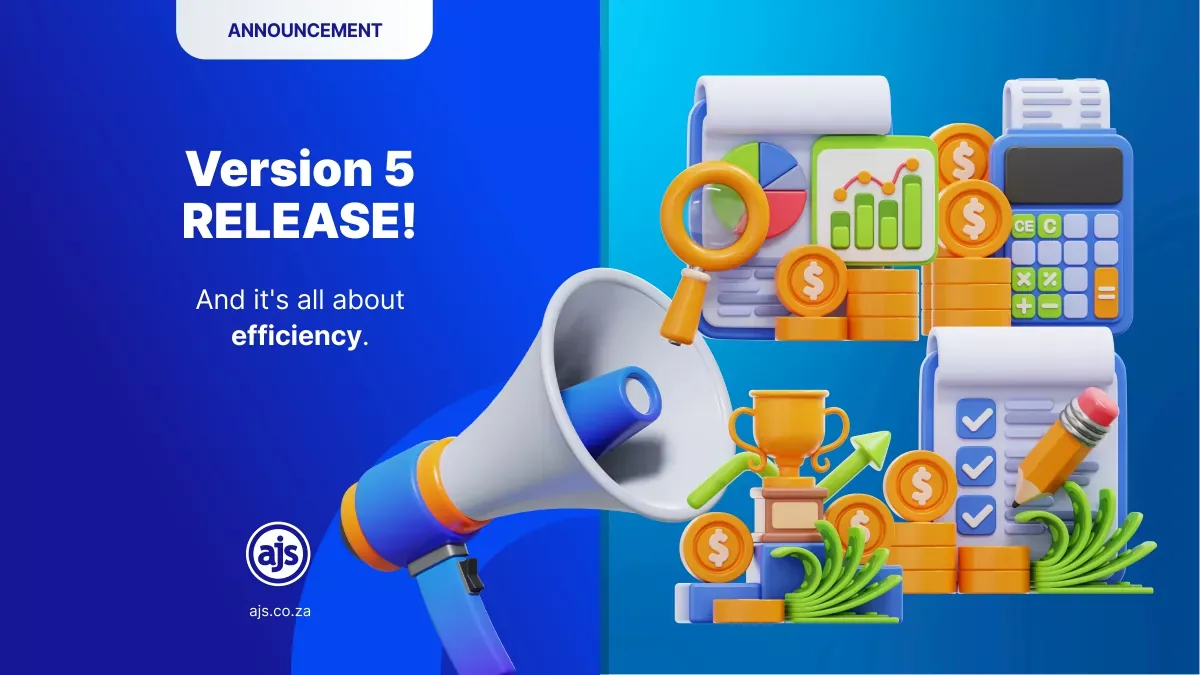
The Zen of Work: A BILL OF COSTS
With “Holly” on a mission to take control of her work situation – aiming to instil a feeling of Zen in her workspace – she has come to us seeking answers.
And we are happy to oblige Holly. As always.
Holly has made a promise to herself to get things well and truly up and running in the next coming months – determined to see her law firm soar in 2023.
To do just that, Holly has once again, started to focus her attention inward. Looking more closely at how her law firm is operating. Better still – how it should be operating.
And there is a lot to take in where the optimal operating of a law firm is concerned.
Take a bill of costs as an example.
As a single legal practitioner, Holly needs to understand how to treat each principle of her practice so that she can confidently run her own business.
So, let’s chat a little bit about a bill of costs and put Holly’s mind at ease.
Types of Costs – a refresh
Holly previously reacquainted herself on everything to do with legal costs. It strikes Holly as strange that sometimes, despite working with different concepts on a daily basis – the intricacies can often be forgotten. It happens. Holly is, after all, only human.
So, with that in mind, it’s good to have a quick high-level reference (and reminder) of the types of legal costs in South Africa –
- Party and Party Costs – costs incurred while prosecuting or defending a claim in court. They relate only to costs actually associated with a court case. Party and party costs are the costs most often awarded in matters.
- Attorney and Client Costs – these costs are punitive in nature as they include not only party and party costs, but costs that are also associated with attendances between the client and the attorney. They are thus more onerous than party and party costs.
- Attorney and Own Client Costs – these are costs that are not awarded by the courts. They refer to the costs a client will actually owe their attorney. The costs that a client will need to settle with their attorney – whether or not the matter is successful.
Bill of Costs
Once Holly has been successful with a litigious matter in court i.e., she won her matter, and legal costs have been awarded to her (or more accurately to her client), Holly will be required to prepare a bill of costs.
The process of preparing a bill of costs is often done through the use of an external service provider known as a cost consultant, such as Bills of Costs based out of Cape Town.
The bill of costs, which is essentially boils down to a type of an account, is then served on the unsuccessful party, whereafter it will be forwarded on to an officer of the Court known as the taxing master. There is a taxing master in the Magistrates Court, High Courts as well as the Supreme Court of Appeal.
The purpose of the taxing master is to decide which costs, charges and expenses incurred by a litigant who has been awarded costs against their opposition, should be allowed to be included in their bill of costs – having proven them to be necessarily or properly incurred – and therefore owed by the unsuccessful party.
This process of ascertaining whether a particular cost was properly incurred and therefore recoverable from the unsuccessful party, is what is known as “taxation”.
It’s important to keep in mind that regardless of what court the taxation is done in, it will always be drawn up in accordance with the tariffs of fees set in the Rules of the court concerned.
Once the taxation has been completed, the taxing master will sign and stamp the certificate known as an “allocator”. This allocator can then be used to enforce the payment of legal costs by the unsuccessful party.
And that’s that – the whole spiel on a bill of costs. In a nutshell at least.
It’s important – at this point – that AJS reminds Holly that by using legal software that has the gazetted court tariffs built into their system, Holly can save herself a lot of time and hassle when it comes to collating all the fees billed for a matter.
By having legal software that incorporates the gazetted tariffs, she can simply record her fees according to a particular tariff structure (or just as easily charge her usual “Attorney Own Client” or agreed rates) and draw up her own draft bill of costs (directly from the AJS system) simply and easily.
Should Holly feel that she still requires the extra support, then the bill of costs she has drawn up directly from AJS’s system can then be submitted to a cost consultant to ensure everything is reflected accurately. Once that’s done, the evaluated bill of costs can then be submitted to the taxing master to review.
However, if Holly has used her software correctly, she can submit her bill of costs directly to the taxing master to review herself.
With that, Holly can tick off one more thing on her “to-do list” in optimising her practice.
There are many attorneys who have the software packages in place but are just not sure how to fully use them, what everything does and how they can optimise their practice to ensure that it’s performing with accuracy and reliability.
But, with the help of AJS, your practice (regardless of its size) can (and will) succeed.
We will continue going through tips, answering your FAQ’s, and providing you with information that will better equip the everyday user of legal tech, like you and like Holly, to achieve a state of Work Zen.
It’s all easy. If you know how… Just ask us.





Leave a Reply